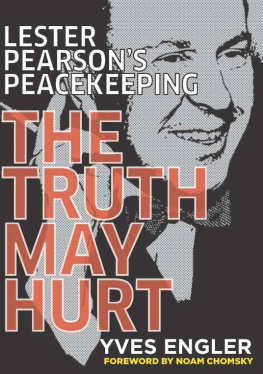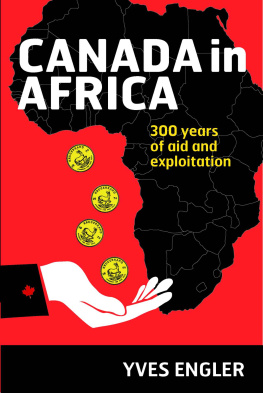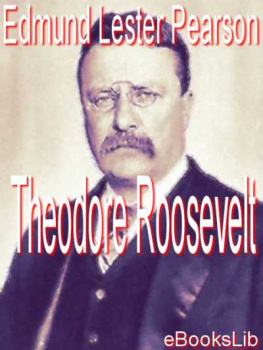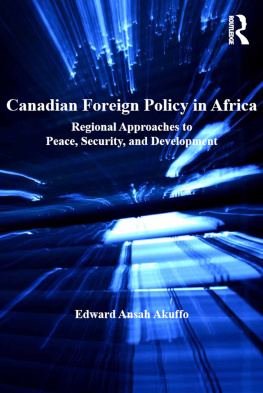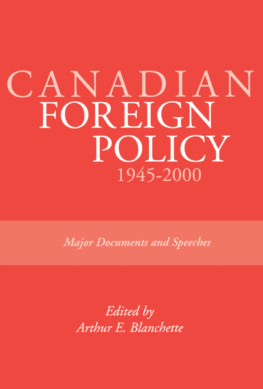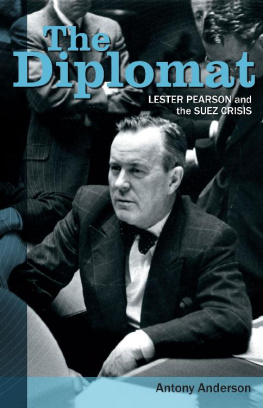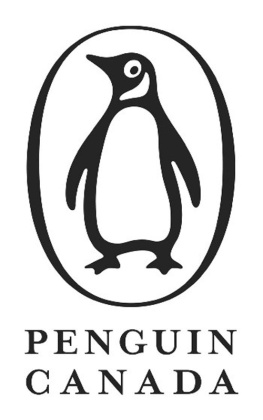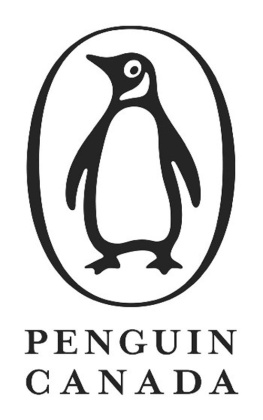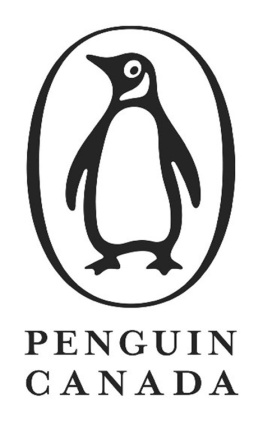Lester Pearson Chronology
1897 Born
1913 Enrolls at the University of Toronto
1928 Begins working at External Affairs
1935 Assistant to High Commissioner in London
1941 Assistant Undersecretary of External Affairs
1942 Envoy Extraordinaire to US embassy
1945 US ambassador
1946 Undersecretary of External Affairs
1948 External Affairs Minister
1958 Leader of the Official Opposition
1963 Prime Minister
1968 Retired from politics
1969 Chancellor Carleton University
1972 Died
Foreword
By Noam Chomsky
Unlike the US during speaking trips in Canada major media would interview me. But, the discussion would invariably concern US foreign-policy. Tired of focusing on the US, I decided to talk about Canada, which changed the reception.
The first time was on CBC radios Morningside with long-time host Peter Gzowski. When I spoke in Toronto, Morningside would invite me on and Gzowski asked leading questions about US foreign-policy. He seemed happy to hear criticism of the US. One time I decided to talk about Canada. After a question about flying in I said, I landed at war criminal airport. He said: What do you mean? I responded, the Lester B. Pearson Airport. Gzowski replied war criminal? So I detailed Pearsons support for the war in Vietnam: the spying, weapons sales and complicity in the bombing of the North.
Gzowski was infuriated. He went into a tantrum, haranguing me for a number of minutes. To me Gzowskis reaction was sort of funny but apparently his listeners were angry that he was impolite. When leaving, the producer stopped me and said oh my god, the switchboards are lighting up, were getting thousands of phone calls from across the country. Morningsides producer was so embarrassed they did a follow-up interview from Boston in which Gzowski made sure to be polite, though they never asked me to be on the show again.
***
Canadas Nobel Peace Prize winner and eminent statesman, Lester Pearson was a major criminal, really extreme. He didnt have the power to be like an American president, but if hed had it, he would have been the same. He tried.
Reflecting a hardline Cold War doctrine, in 1953 Pearson declared in the House of Commons that, it is becoming increasingly clear from the events in Indochina that there is a strategic connection between communist aggression in one part of the world and communist aggression in another. What concerned Pearson particularly was the aggression then being conducted by the Vietnamese against the French in Vietnam. As he had explained two years earlier before the House: if the valiant efforts now being made by France to defend and complete the independence of Indochina were to fail, all of southeast Asia, including Burma, Malaya and Indonesia, with their important resources of rubber, rice and tin, might well come under communist control, with repercussions throughout South Asia.
This conception is one found in US documents of the period. Pearsons view was that Soviet colonial authority in Indochina would appear to be stronger than that of France this at a time when major French military forces were attempting to regain control of their former colony and no Russians were in sight. Both the US and Canada recognized, ruefully, that Ho Chi Minh and his Vietnamese resistance had overwhelming domestic support in the struggle against the US-backed French invaders, and that the puppet regimes established by France had no legitimacy. But no matter: Ho Chi Minh was just an agent of Russian colonialism and aggression. The Indochina hotspot was the fault of the Russians, in absentia.
The US-French invasion, backed by Canada, came close to nuclear war. The US was planning direct intervention at the time of the Dien Bien Phu battle. The chairman of the Joint Chiefs of Staff advised that the use of tactical nuclear weapons could be the best means of smashing [the Viet Minh] and cleaning up Indochina. Secretary of State John Foster Dulles stated that in case of an all out Viet Minh attack, there would probably be general war with China. Our concept, he continued, envisages a fight with nuclear weapons rather than a commitment to ground forces. This was October 1954. Dulles was concerned about a possible Viet Minh response to American actions to subvert the Geneva peace agreements and to continue the war against Vietnam.
A few months earlier, in August, the National Security Council had established a doctrine that was to be reiterated year after year: in the event of local communist subversion or rebellion not constituting armed attack specifically, popular resistance to US backed terrorism in South Vietnam in violation of the Geneva Accords the US would consider intervening directly with military force, also attacking China if this seemed necessary and feasible. These crucial documents (NSC-5429/2 and others), which express a clear and explicit commitment to violate international law, are invariably suppressed in academic and popular histories. The standard account is the Pearson version of the Party Line: France and consequently the United States were defending Vietnam against Vietnamese aggression.
Canada continued to adhere to what John Holmes, the influential Canadian diplomat and Pearson confidant, called the Canadian idea: You hang on to your principles but you find a way around [them]. James Eayrs documents that, as a member of the International Control Commission (ICC), Canada routinely passed on military information to Washington, though Pearson was concerned that this be kept secret to avoid very serious repercussions (i.e., damage to Canadas image). The editor of the Montral Star later wrote that the Canadians in the ICC are functioning as spies when they were supposed to be serving as international civil servants.
In 1964 Pearson was informed by President Lyndon Johnson about US plans to bomb North Vietnam the following year. His reaction was positive, though according to McGeorge Bundys notes, he expressed great reservations about the use of nuclear weapons caution befitting a Nobel Peace Prize Laureate. As the American war against Indochina escalated, Canada participated enthusiastically, selling over $500 million worth of military equipment to the US, so that by 1970, it was, per capita, the largest international arms exporter. One Canadian commentator, George Grant, wrote that behind the high-minded rhetoric, Canadian society had become a machine for greed, and our branch plant industry is making a packet out of the demolition of Vietnam. In a study published by the Canadian University Press Service, Ian Wiseman wrote that every university in Canada received money from the US Defense complex meanwhile upholding the Canadian idea.
***
In every country the powerful attempt to define history. Yves Englers books The Black Book of Canadian Foreign Policy, Canada and Israel: Building Apartheid and Lester Pearsons Peacekeeping: The Truth May Hurt provide an important counterweight to the dominant understanding of Canadas role in the world, posing a challenge to citizens willing to take their fundamental responsibilities seriously.
Introduction:
A Great Canadian Loved by All
More than a political biography, this book is part of a larger attempt to rethink Canadas role in the world. To do so, one must seek the truth regardless of myths destroyed or popular illusions shattered. Without an honest accounting of our foreign policy past, how can we expect to change course and create a better future?
The only Canadian to win the Nobel Peace Prize, Lester Bowles Mike Pearson has been called Canadas greatest diplomat.1 More than anyone he symbolizes a benevolent Canadian foreign policy and the idea that this country has been an honest broker in international affairs.
As a result, Pearson is lionized across the country. There is a road, college, peace-park, civic centre, housing project and an international airport named in his honour. Qubecs largest English-language school board and schools in almost every province are dedicated to a politician who lost two elections as Liberal leader and never won a majority government. Involved in formulating Canadian foreign policy for four decades, many international affairs institutions celebrate Pearson. His name appears on the Ottawa-based Pearson Peacekeeping Centre while the United Nations Association in Canada bequeaths a Pearson Medal of Peace for an individuals contribution to international service. Most significantly, the Department of Foreign Affairs and International Trade is housed in Ottawas Lester B. Pearson Building.
Next page
